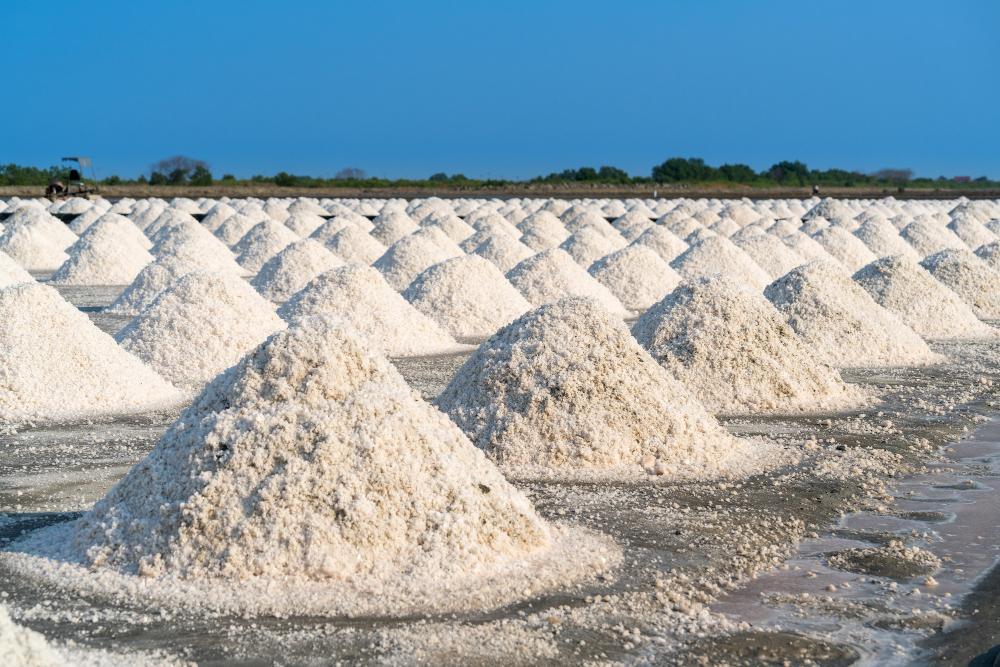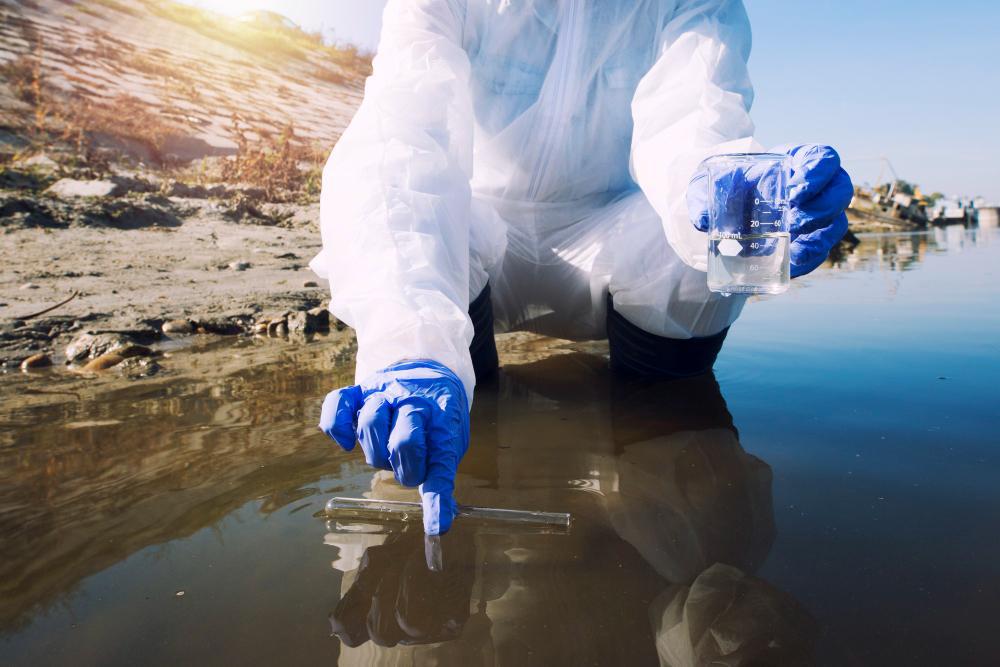Recent Study Finds Earth’s Salt Cycle is Swinging Out of Balance, Posing an ‘Existential Threat’
Researchers conducting a study on Earth’s integral salt cycle have produced unsettling results, which have led many scientists to grow increasingly worried about a looming existential threat.
Scientists from the University of Maryland have discovered that humanity’s demand for salt is negatively affecting the environment and human health. They now worry the current trend could have irreversible effects on the Earth’s planetary boundaries.
The Earth is Becoming Too Salty
Over time, salt is brought to the surface of our planet through geologic and hydrologic processes. However, humans have accelerated the natural rate of the “salt cycle” through activities such as mining and land development.

Source: Freepik
Construction practices, agriculture, and water treatment can also intensify the salinization of the Earth. According to a new study, this harms our planet’s biodiversity and can disrupt the safety of drinking water.
The New Study
A study, “The anthropogenic salt cycle,” was published last year in the journal Nature Reviews Earth & Environment, which aims to explain how human activity is literally making the Earth too salty.

Source: Freepik
The study’s abstract reads: “Increasing salt production and use is shifting the natural balances of salt ions across Earth systems, causing interrelated effects across biophysical systems collectively known as freshwater salinization syndrome.”
Researchers Issue Warning
After a careful assessment of data related to their theory, the researchers concluded that humans are directly responsible for increasing the salinity of the Earth’s surface and are close to causing serious or irreversible damage.

Source: Freepik
“There is a need to identify environmental limits and thresholds for salt ions and reduce salinization before planetary boundaries are exceeded, causing serious or irreversible damage across Earth systems,” the study authors report.
Problems Arising With the Increase in Salt
The researchers have warned of an impending “existential threat” that could result in freshwater salinization syndrome. This basically means water that traditionally contains little salt is suddenly full of the mineral.

Source: Freepik
One major problem with freshwater salinization syndrome is that it can make the water inhabitable to fish or creatures that call it home. However, it will also render human drinking water unfit for consumption.
Salt Becomes a Major Internal Problem for the Earth
Sujay Kaushal, a geologist at the University of Maryland, shared her thoughts on the results of the study during a press statement.

Source: Freepik
Kaushal, who holds a joint appointment in UMD’s Earth System Science Interdisciplinary Center, said, “If you think of the planet as a living organism, when you accumulate so much salt, it could affect the functioning of vital organs or ecosystems.”
The Difficulty of Removing Salt From Water
Kaushal went on to explain the difficulty and enormous cost of removing large quantities of salt from water, which is one reason nations around the world don’t convert ocean water into drinking water.

Source: Freepik
“Removing salt from water is energy intensive and expensive, and the brine byproduct you end up with is saltier than ocean water and can’t be easily disposed of,” she said.
Disrupting the Anthropogenic Salt Cycle
The process of disrupting the Earth’s natural salt cycles is referred to as an “anthropogenic salt cycle.” In simple terms, this suggests humans are dramatically increasing the rate at which salts are brought to the planet’s surface.

Source: Wikimedia
When salt is mentioned, most people tend to associate the word with a white condiment or the sodium found in electrolyte drinks. However, researchers suggest that many other salts are being forced onto the Earth’s surface.
Scientists Experience Dramatic Increase in Salt Ions
According to Kaushal, their research has observed a consistent increase in salt ions of all kinds, including limestone and calcium sulfate, in soil samples around the world. Salt ions have also increased in streams and rivers over the last five decades.

Source: Wikimedia
“But our work over the years has shown that we’ve disturbed other types of salts, including ones related to limestone, gypsum, and calcium sulfate,” said Kaushal in a press statement.
The Evidence is Mounting
Co-author of last year’s study, Gene Likens, who works as an ecologist at the University of Connecticut and the Cary Institute of Ecosystem Studies, said, “Twenty years ago, all we had were case studies. We could say surface waters were salty here in New York or in Baltimore’s drinking water supply.”

Source: Wikimedia
She continued, “We now show that it’s a cycle — from the deep Earth to the atmosphere — that’s been significantly perturbed by human activities.”
Humans Continue to Push the Natural Boundaries of the Earth
Throughout the study, the researchers refer to “planetary boundaries” on numerous occasions to the pressure being placed on Earth’s physical limits through practices such as mining and farming.

Source: Freepik
According to a study released in September, these planetary boundaries, which include land system change, climate change, freshwater change, and biosphere integrity, are all being pushed toward the point of no return.
The Planetary Boundaries and Bank Statements
The study’s lead author, Dr. Katherine Richardson, a professor of Biological Oceanography at the University of Copenhagen’s Sustainability Science Centre, said, “We can think of the Earth’s resources as the currency that supports us.”

Source: Freepik
She continued, “The planetary boundaries framework is like a bank statement — it tells us how much of various components (resources) of the Earth system we can allow ourselves to us without greatly increasing the risk that our activities will lead to dramatic and potentially irreversible changes in the overall environmental conditions we experience on Earth.”
